Fire’s painful past reasserts its presence
Communities and fire servies are having to navigate a paniful past as preparations for another bushfire season are under way along the south coast of NSW.
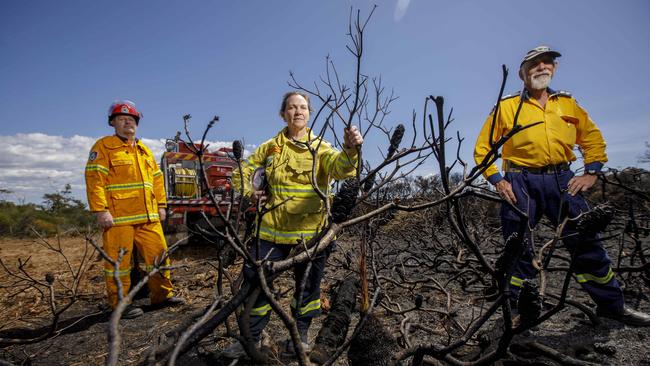
Preparations for another bushfire season are under way along the south coast of NSW — but with the memories of the Black Summer still raw, communities and fire services are having to navigate the painful past.
“Our town was one of the few on the coast that didn’t burn last year,” Pamela Zaccagnini, a resident of Currarong and Rural Fire Service volunteer, said.
Unlike many others, the sleepy fishing town, about three hours south of Sydney, survived the catastrophic bushfires unscathed. The summer-long fires claimed 34 lives and destroyed 3000 homes across the country.
However, the near-miss has meant Currarong still has significant vegetation that could act as a fuel load, leaving the local RFS scrambling to ensure the town is prepared for the rapidly approaching summer months.
“It’s totally 2020: anything that’s going to go wrong is going to go wrong. So, you know, everybody’s just doing the best to make sure everything’s in place, ready, planned, fixed, so that nothing can happen,” Ms Zaccagnini said.
“The RFS has a massive campaign going and doing their absolute utmost right throughout the state to try and get reductions in before the time comes, before any damage happens like last year.”
Hazard reduction burns have evoked considerable angst across communities still traumatised by the last fire season, said RFS operational officer Angus Barnes.
This was evident during a controlled burn in the Moruya area, as people mistook the smoke for the real thing.
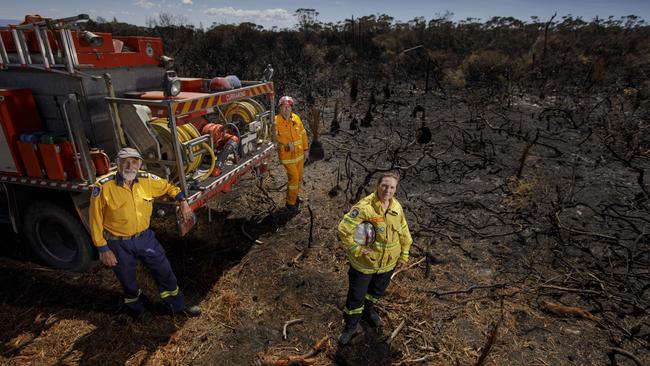
“The sight of the column of smoke and presence of smoke in the community caused some members of the community to panic and we were getting calls about where the evacuation centre was — there were kids at the primary school crying because they didn’t think they’d have homes to go to,” he said.
Anxieties were compounded in Currarong after an out-of-town crew conducted a hazard reduction burn, which came within metres of the village last week.
Despite this, RFS operations director Peter McKechnie said burning remained a “valid and often vital strategy”.
“It is a balance for us … we recognise it’s a risk, but … we cannot do nothing. You have to do something to try and protect the community,” Mr McKechnie said.
Mr Barnes said deciding where to do reduction burns was more complex than simply finding an area with an ample amount of potentially hazardous vegetation. “We’ve got the entire landscape at the same fuel age, so we haven’t had a chance to create a mosaic of different ages of fuels, which influences the behaviour of fires into the future,” he said.
The Australian last week reported that the Berejiklian government had agreed to give landholders the right to clear native vegetation up to 25m from their homes, a policy opposed by environmental groups that say it is being misused and relied on self-assessment.
That change, Mr McKechnie said, would make it easier to defend bushfire-threatened homes.
“It’s like any other measure — it’s not a panacea” he said.
“And it also assists firefighters in giving another area where they can gain advantage over a fire and limit its spread,” he said.
“So it’s really a win for the property owner and a win for the firefighters.”

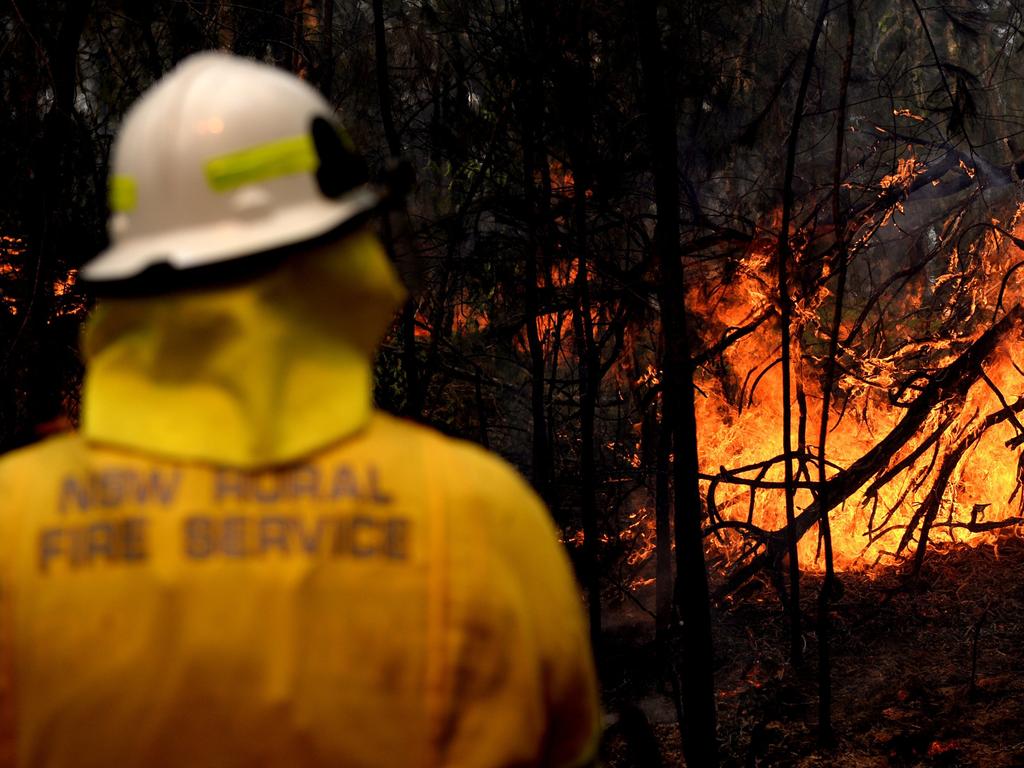
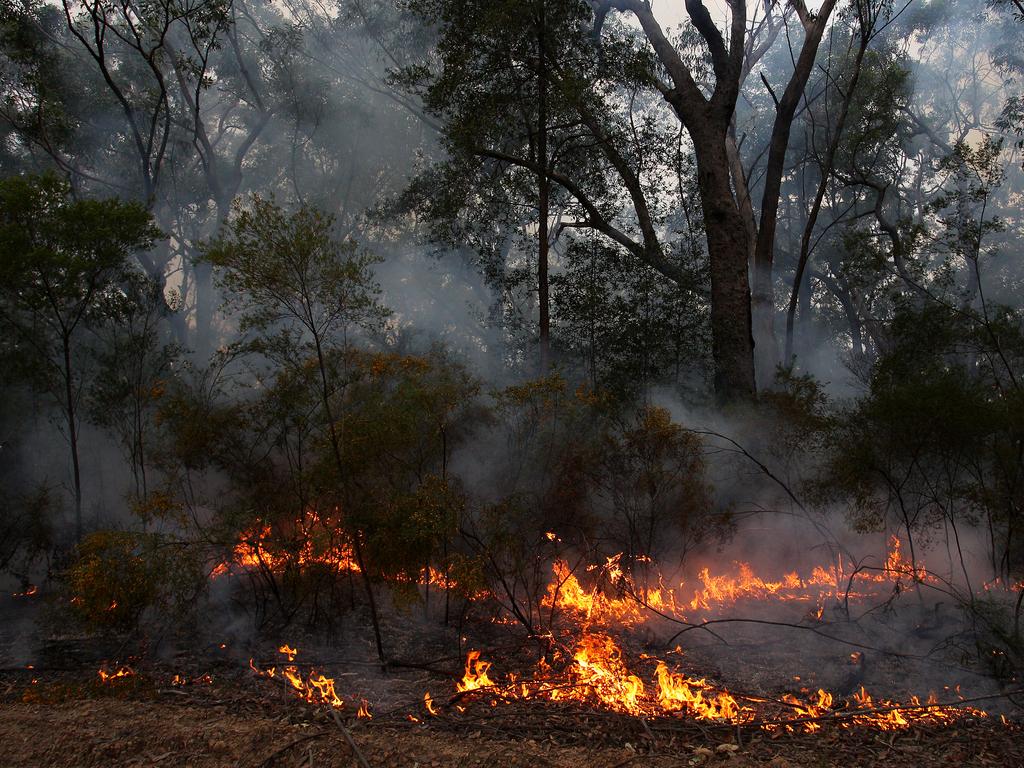

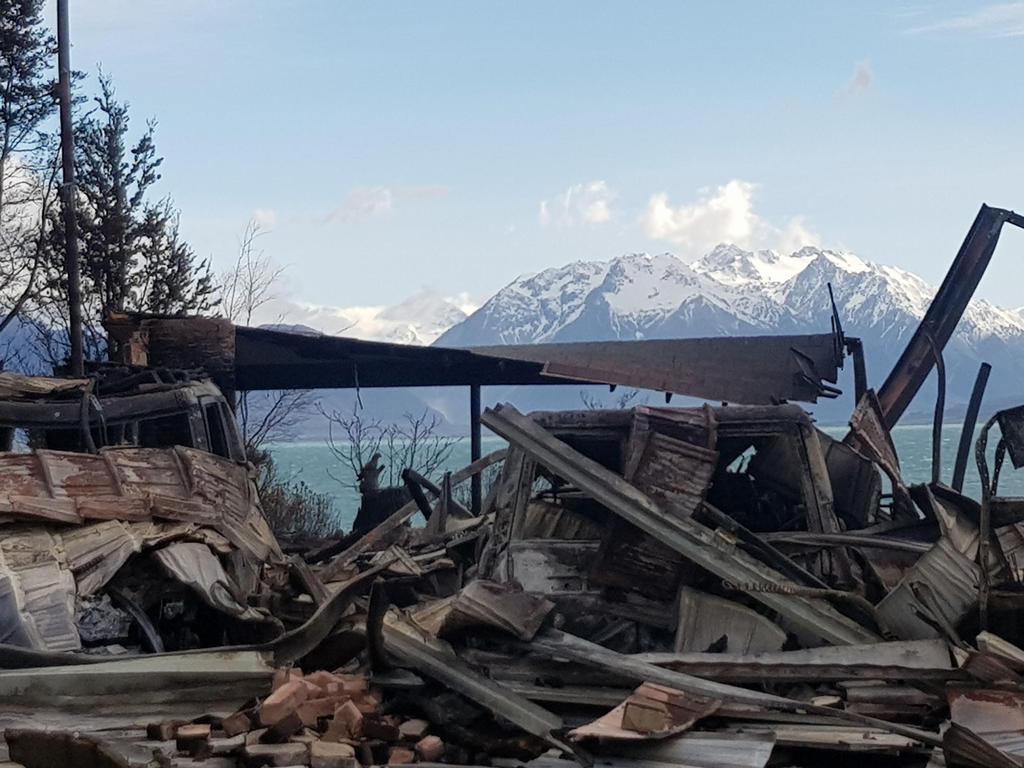


To join the conversation, please log in. Don't have an account? Register
Join the conversation, you are commenting as Logout